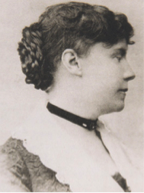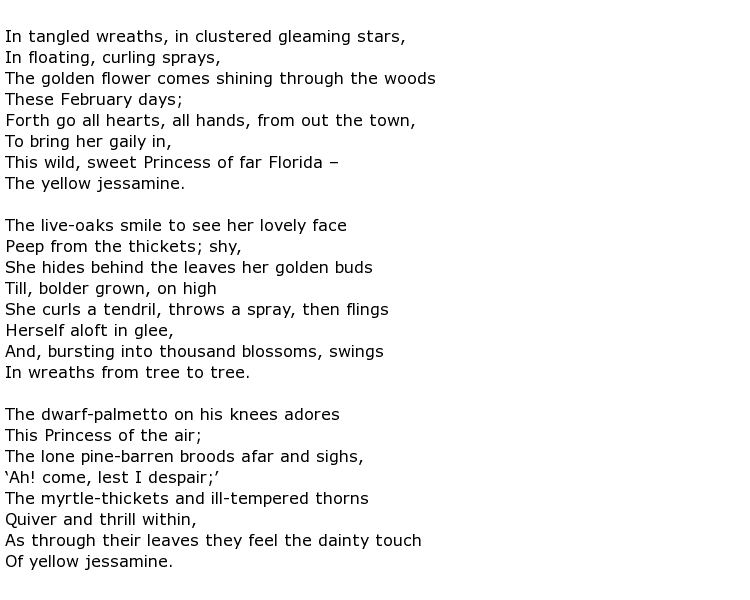 Constance Fenimore Woolson was a 19th century American poet and novelist who was descended from James Fenimore Cooper, the great writer who told epic tales of frontier and Indian life during the early days of American colonisation. Constance adopted a similar style with her stories featuring the people of the southern states and the Great Lakes regions. She also spent a good deal of her time in Europe and based some of her work on characters that she met there.
Constance Fenimore Woolson was a 19th century American poet and novelist who was descended from James Fenimore Cooper, the great writer who told epic tales of frontier and Indian life during the early days of American colonisation. Constance adopted a similar style with her stories featuring the people of the southern states and the Great Lakes regions. She also spent a good deal of her time in Europe and based some of her work on characters that she met there.
She was born in Claremont, New Hampshire but tragedy struck the family when three of her sisters succumbed to scarlet fever. Her parents took them to Ohio and her early education was at a seminary in Cleveland. She was then sent to a boarding school in New York City to complete her studies. She soon got a taste for travel and, in the years leading up to her early 20s, she found many opportunities to explore the north eastern States as well as those of the mid-west.
Woolson had already exhibited a talent for writing poetry and short stories by the time she had her work published in periodicals such as Harper’s Magazine, Scribner’s and The Atlantic Monthly. This was around the year 1870 and, three years later, her first children’s book, The Old Stone House, was published. In 1875 she recalled her travels in the Great Lakes region in a book of short stories called Castle Nowhere: Lake-Country Sketches.
She had lost both of her parents by 1879 and then decided it was a good time to explore Europe, travelling widely across the continent. As well as western Europe, Woolson got as far as Greece and then Egypt, writing novels and travelogues wherever she went. Four novels were published between the years 1880-1894.
In her relatively short life time she produced a fairly substantial body of work which was popular at the time but which tended to fade from the literary scene during the 20th century, a fate that befell many other female American writers. Her poetic output could be generally found in the above mentioned magazines as it seemed that she preferred to publish travel books, collections of short stories and novels rather than collections of poetry.
Like many of her stories, her poems tended to concentrate on the wonders of nature in the many regions that she explored. There is one poem called Florida Beach which describes the glorious silver sands of that area. She wintered there for a number of years before she went to Europe. Another, Yellow Jessamine, is about one of the flowers that she loved in Florida and the opening verses are reproduced here:

Woolson lived through, and wrote stories about, the Civil War and many of these were emotional accounts of the terrible events that were going on around her. She was fortunate that she was able to take up writing as an artistic calling as opposed to a financial necessity and this happy state inspired her to travel and write about what she found. It is said that some of her happiest times were spent when accompanying her mother during their winter sojourns to Florida and it is believed that she fully intended to return there one day.
Tragically though her life was to end in Venice. She had rented a fourth storey apartment overlooking the Grand Canal and, suffering from bouts of depression as well as influenza, she fell to her death one day. It was never confirmed whether it was an accident or suicide.
Constance Fenimore Woolson died on the 24th January 1894 at the age of 53.

